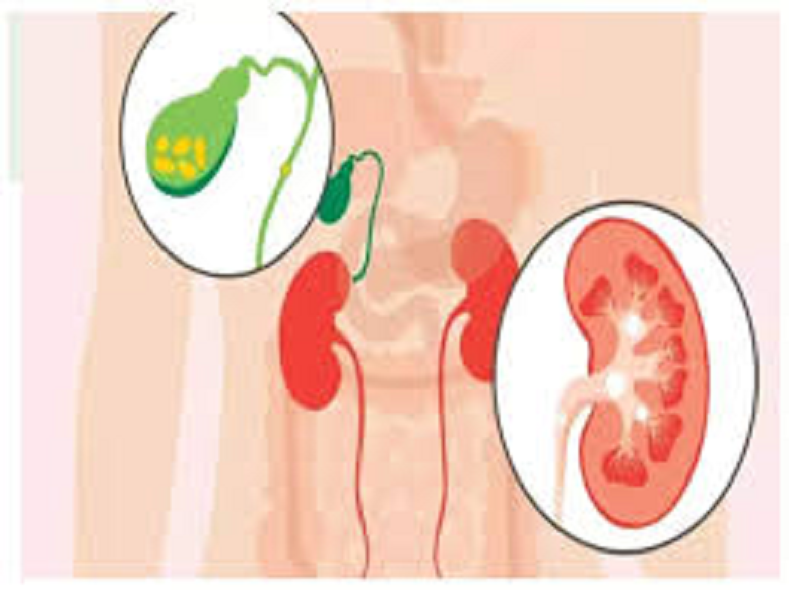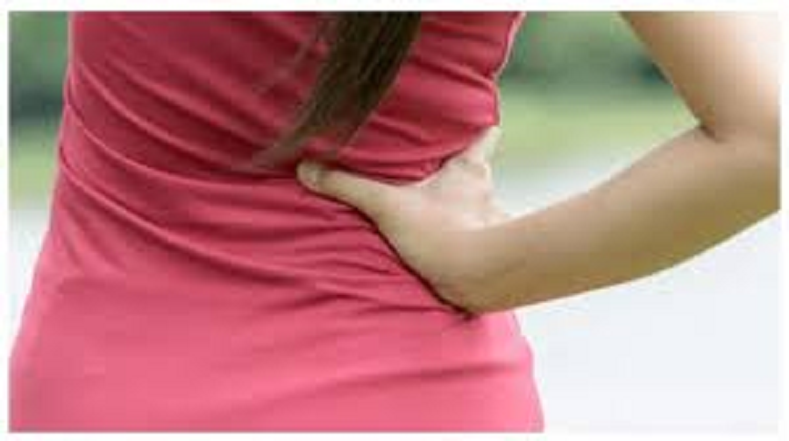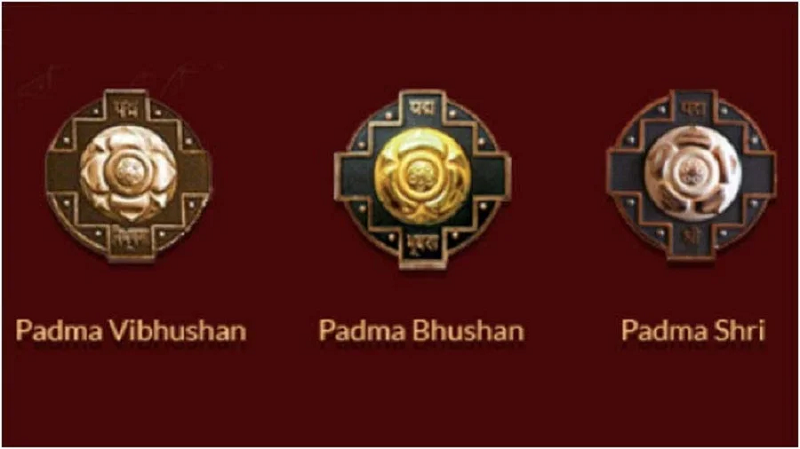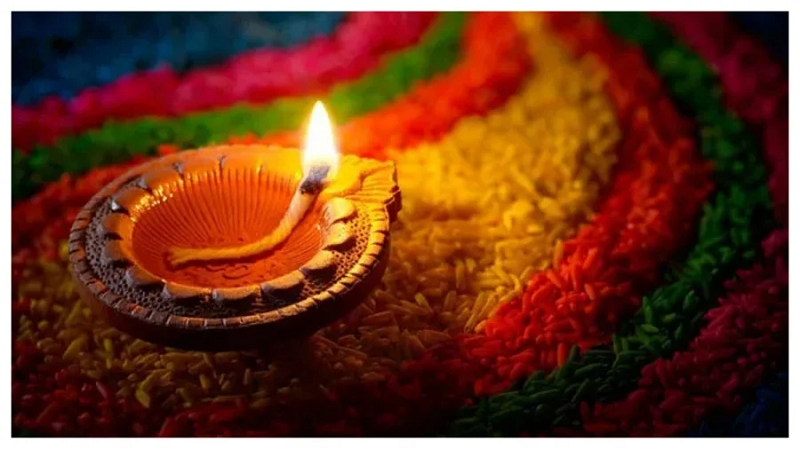Kidney stone or gallbladder stone, what is the difference between the two, and which one is more difficult to treat?
- bySherya
- 07 Jun, 2025

The differences between kidney stones and gallbladder stones are in their formation site, chemical composition, and affected organs. Kidney stones form in the kidneys or urethra. The main function of the kidneys is to filter blood and form urine.

Kidney stones and gallbladder stones are two common but serious health problems. They form in different parts of the body and their causes, symptoms, and treatment are quite different. Let us know what is the difference between these two stone problems and which one is more difficult to treat?
What is the difference between kidney stone and gallbladder stone?
The main difference between kidney stones and gallbladder stones is their place of formation, chemical composition, and the affected organs. Kidney stones are formed in the kidneys or urethra. The main function of the kidney is to filter blood and make urine. When there is excess of minerals like calcium, oxalate, uric acid or cysteine in the urine and lack of water, these minerals form crystals and take the form of stones. Gallbladder stones are formed in the gallbladder, which is a part of the digestive system. The function of the gallbladder is to collect bile produced by the liver, which helps in the digestion of fat. These stones are formed when the balance of cholesterol, bilirubin or other substances in bile is disturbed.
Why are stones formed in the kidney and gallbladder?
The causes of kidney stones are calcium oxalate, calcium phosphate, uric acid, struvite or cysteine. Their size can range from a grain of sand to a few centimeters. On the other hand, the cause of gallbladder stones is cholesterol or bilirubin. Stones made of cholesterol are yellow, while stones made of bilirubin can be brown or black. Their size can range from a grain of sand to a golf ball.
What are the symptoms of these two stones?
Pain during kidney stones usually occurs in the lower back or lower abdomen, which may spread to the waist, groin (thigh), or urethra. Other symptoms include blood in the urine, frequent urination, burning sensation, and vomiting. Sometimes the pain is sudden and sharp, which increases as the stone moves in the urethra. On the other hand, pain from gallbladder stones occurs in the upper right part of the abdomen or between the shoulder and back. This problem is more when you eat fatty foods. Other symptoms may include nausea, vomiting, fever, and jaundice. If the stone obstructs the bile duct, then problems like cholecystitis (inflammation of the gallbladder) or pancreatitis may occur.
How are both of these treated?
There is a lot of difference in the treatment of kidney stones and gallbladder stones. At the same time, the severity of the treatment depends on the size of the stone, its location and the condition of the patient. The treatment of kidney stones is decided on the basis of the size of the stone and where it is present in the urethra. Apart from this, the treatment of gallbladder stones is usually more difficult, because these stones cannot come out on their own.





